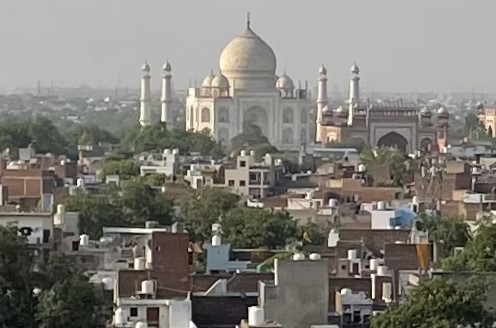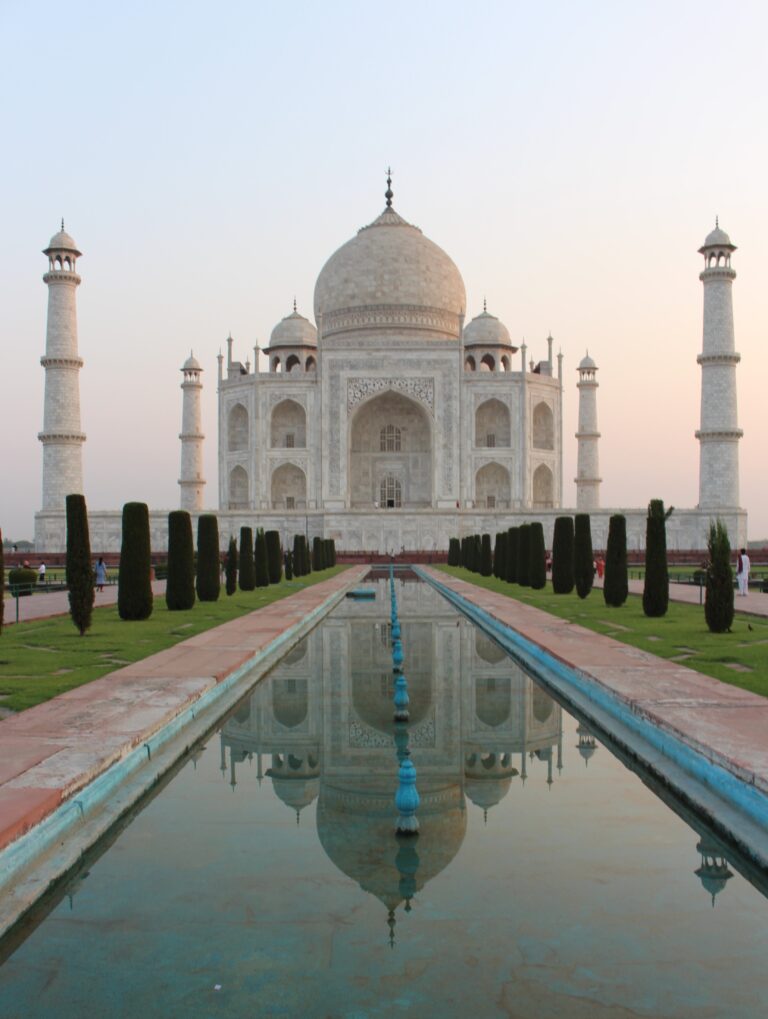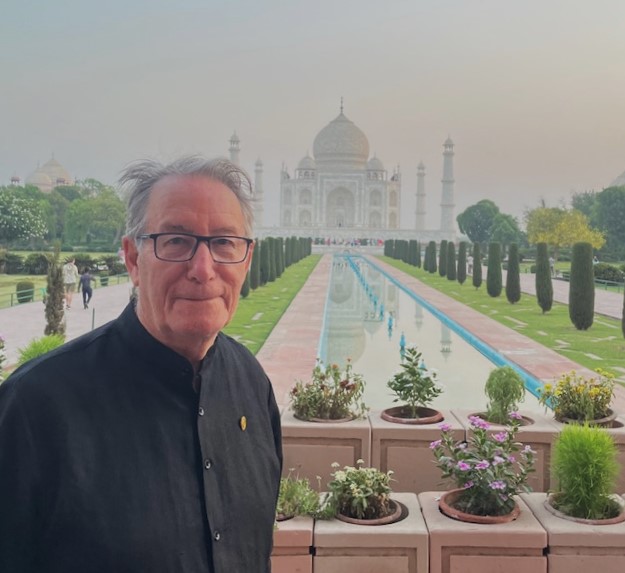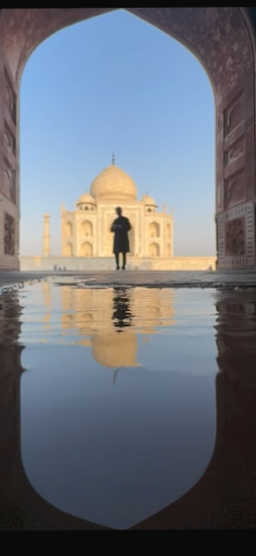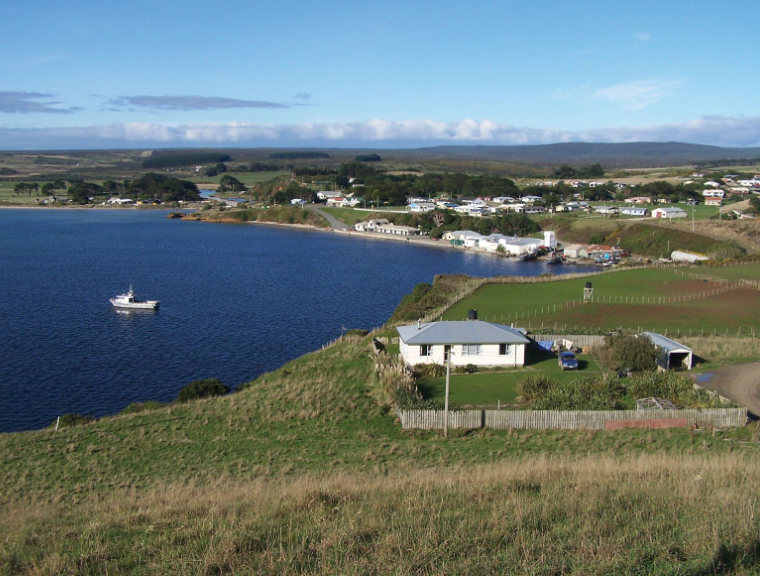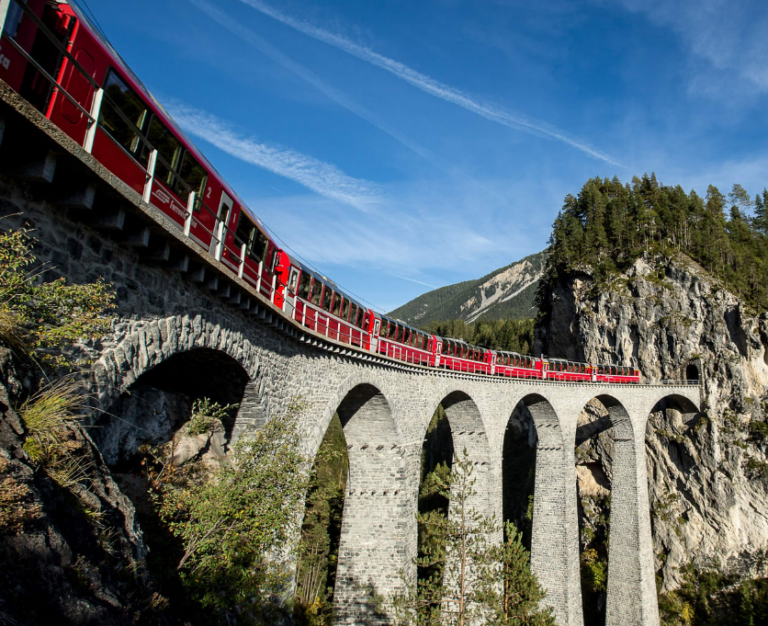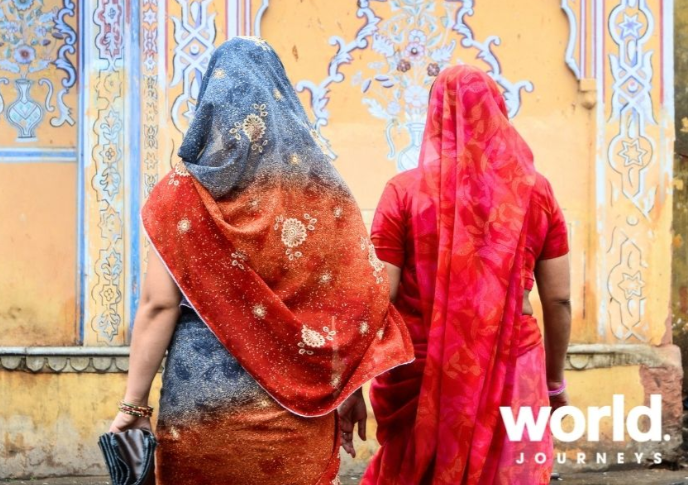Agra has a rich history, reflected in its numerous monuments dotted in and around the city. The earliest citation for Agra comes from the mythological era, where the epic Mahabharata refer Agra as ‘Agravana’ meaning paradise in Sanskrit. ‘Ptolemy’, the famous second century A.D. geographer, was the first person who referred Agra with its modern name. The Modern Agra was founded by Sikandar Lodi, ruler of Lodi dynasty in 16th century. It was when Shah Jahan descended the Mughal throne that Agra reached the zenith of architectural beauty.
The city lies in the Western part of Uttar Pradesh on the bank of River Yamuna. Though the wonderful allure of the Taj Mahal attracts people from around the world over to Agra, it is not a standalone attraction. The city offers a trail of fascinating tombs and mausoleums to explore. Acclaimed for its lavish crafts like Pietra Dura (marble inlay) work, rugs and leather goods, and the luscious Petha, Agra equally caters well to shopaholics and foodies.

